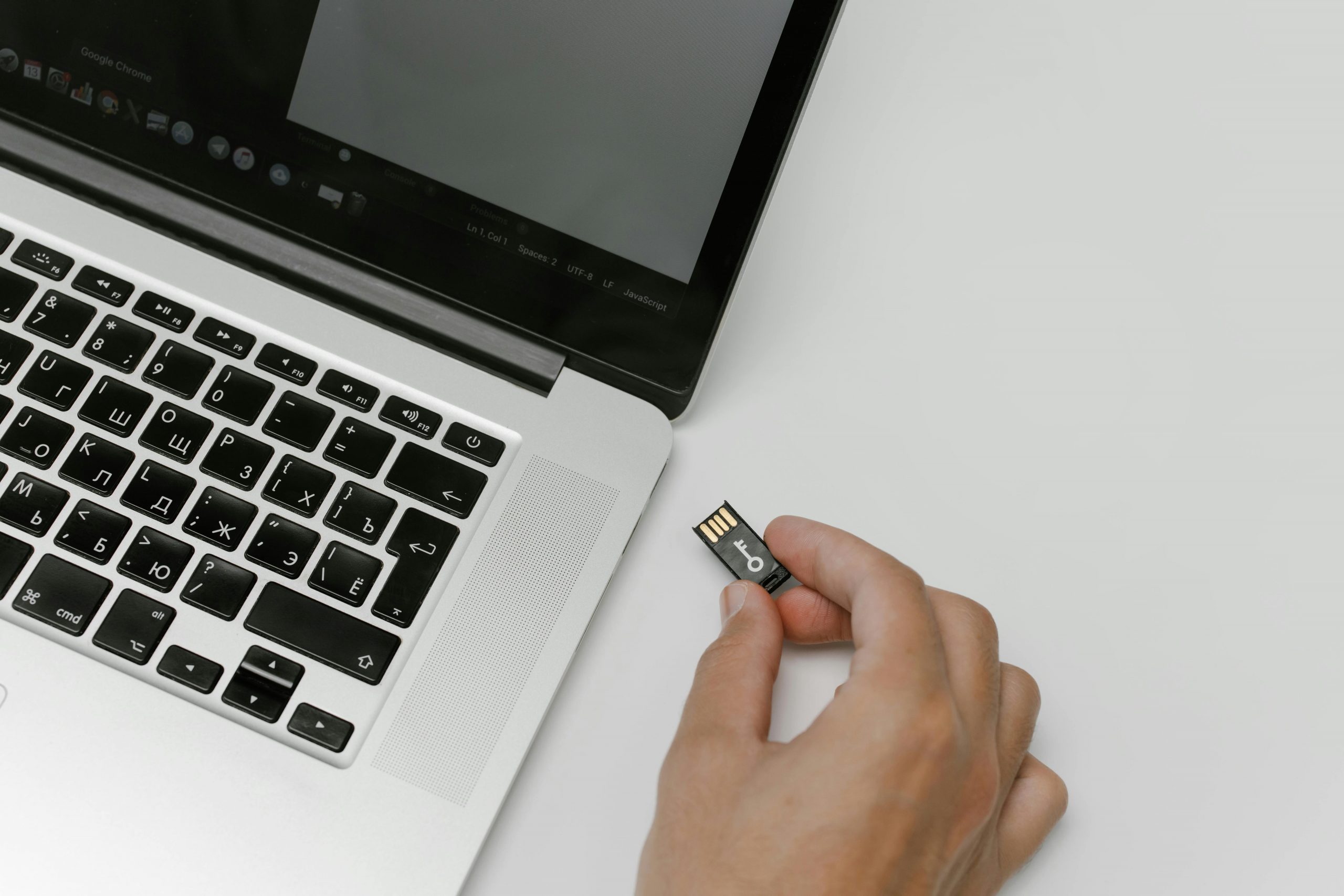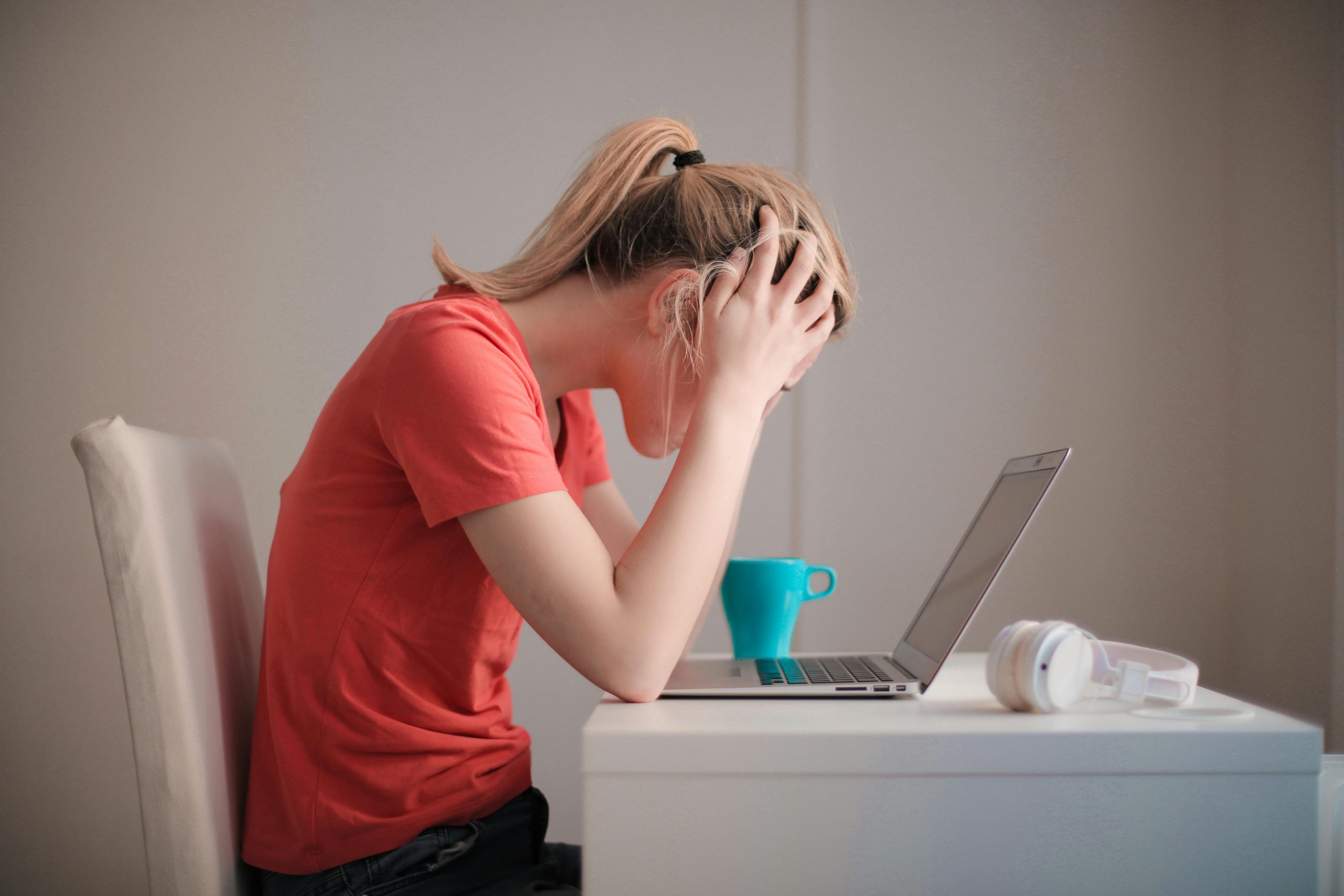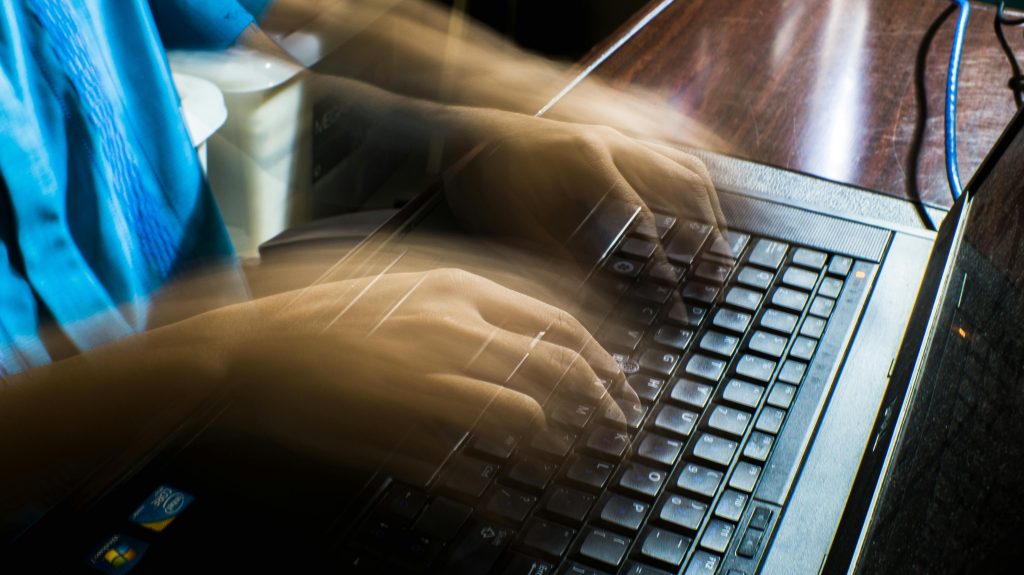Disclaimer: Computers and Technology News Digest. This site provides computers and technology content for informational purposes only.
Is your laptop running at a snail’s pace? Whether you use your laptop for work, school, or entertainment, a slow laptop can be incredibly frustrating. It may take forever to open apps, load websites, or even start up in the morning. But why is your laptop so slow, and what can you do about it?
In this article, we’ll explore the common reasons why your laptop may be sluggish, along with practical steps to boost its performance. From software issues to hardware problems, we’ll cover everything you need to know to get your laptop back to working like new.
Common Reasons Why Your Laptop Is So Slow
1. Too Many Startup Programs
One of the most common reasons your laptop might be running slowly is the number of programs that automatically start when you power it on. Many applications are designed to run in the background as soon as your computer boots up. While some are necessary, others are not.
How to fix it:
- Windows: Open the Task Manager (Ctrl + Shift + Esc), go to the “Startup” tab, and disable unnecessary programs.
- Mac: Go to “System Preferences” > “Users & Groups” > “Login Items,” then uncheck the programs you don’t need.
2. Running Out of Storage Space

Your laptop’s storage space, or hard drive, plays a significant role in its speed. If your hard drive is nearly full, your laptop may struggle to perform efficiently. When the system runs out of space, it can’t store temporary files, which are vital for smooth operations.
How to fix it:
- Delete unused files, programs, and apps.
- Use built-in cleanup tools like Disk Cleanup (Windows) or Optimize Storage (Mac).
- Consider upgrading to a larger hard drive or using an external hard drive to free up space.
3. Too Many Background Processes
Running multiple applications at once can significantly slow down your laptop. Even if you’re not actively using certain programs, many run silently in the background and consume resources like memory and CPU power.
How to fix it:
- Close apps you’re not using. Check the task manager (Windows) or Activity Monitor (Mac) to see which processes are taking up the most resources.
- Regularly restart your laptop to clear temporary processes and refresh your system.
4. Outdated Software or Operating System
An outdated operating system or application can cause performance issues, as older versions may not be optimized for newer hardware or software. Security vulnerabilities, bugs, and incompatibilities can also slow your laptop down.
How to fix it:
- Make sure your operating system is up-to-date. For Windows, go to “Settings” > “Update & Security.” For Macs, go to “System Preferences” > “Software Update.”
- Update applications regularly through the respective app stores or manually by visiting the developer’s website.
5. Too Much Browser Baggage
Web browsers, especially when loaded with multiple tabs or extensions, can consume a large amount of system resources. Over time, your browser’s cache and history can accumulate, causing sluggishness in browsing performance.
How to fix it:
- Clear your browser cache and history periodically.
- Disable or remove unnecessary extensions and plugins.
- Use a lightweight browser or consider using incognito mode for less clutter.
6. Malware and Viruses
Malware, viruses, and other types of malicious software can significantly affect your laptop’s performance. These programs may run silently in the background, consuming resources and causing crashes or slowdowns.
How to fix it:
- Install and run a reliable antivirus program.
- Run a full system scan to detect and remove any malware or viruses.
- Be cautious when downloading files or visiting unfamiliar websites.
7. Insufficient RAM (Memory)
Random Access Memory (RAM) is essential for multitasking. If your laptop has low RAM, it can cause your system to slow down when running multiple programs. More RAM allows your computer to handle more data at once, improving overall performance.
How to fix it:
- Check your laptop’s RAM usage by opening the Task Manager (Windows) or Activity Monitor (Mac). If it’s frequently at max capacity, upgrading your RAM may help.
- If upgrading is an option, consider installing more RAM to improve performance.
8. Aging Hardware
Over time, the physical components of your laptop may wear out or become outdated. As technology advances, older hardware may not be able to keep up with modern demands. Your laptop’s CPU, hard drive, and even battery can affect its overall speed.
How to fix it:
- Consider upgrading key components, such as the hard drive (switching to an SSD) or adding more RAM.
- If your laptop is very old and hardware upgrades are not feasible, it may be time to consider purchasing a new laptop.
9. Too Many Visual Effects

While visual effects like animations and transitions can make your operating system look more attractive, they can also take a toll on your laptop’s performance, especially if it’s an older model or doesn’t have powerful graphics hardware.
How to fix it:
- Windows: Right-click on “This PC,” select “Properties,” then “Advanced system settings.” In the “Performance” section, click “Settings” and choose “Adjust for best performance.”
- Mac: Go to “System Preferences” > “Accessibility,” then check the box for “Reduce motion.”
10. Hard Drive Is Fragmented
On traditional Hard Disk Drives (HDDs), files become fragmented over time. Fragmentation happens when files are split into small parts and stored in different locations on the disk. This can slow down read and write operations, making your laptop seem sluggish.
How to fix it:
- Windows: Use the built-in Disk Defragmenter tool to optimize your hard drive.
- Mac: Mac computers generally don’t need to be defragmented, but regular maintenance, like clearing cache, can help keep things running smoothly.
11. Overheating
Overheating is a significant issue that can cause your laptop to slow down. When your laptop gets too hot, it will throttle performance to prevent internal components from being damaged. This means it will automatically slow down to cool off, which can lead to frustrating lag and performance drops.
How to fix it:
- Clean the vents and fans: Use compressed air to clear out dust and debris from the cooling system, which can block airflow.
- Use a cooling pad: A cooling pad can help improve airflow, preventing your laptop from overheating.
- Elevate your laptop: Place your laptop on a hard, flat surface or use a stand to improve ventilation.
- Close unnecessary programs: Reducing the number of running applications will prevent the system from overworking and generating excessive heat.
- Replace the thermal paste: If your laptop is older, replacing the thermal paste between the CPU and the heatsink can help with better heat dissipation.
How to Manage and Prevent a Slow Laptop
1. Regular Maintenance and Monitoring
Keeping your laptop in optimal condition requires consistent upkeep. Regularly checking for updates, removing unnecessary files, and ensuring that your antivirus software is up to date are all important steps. You should also monitor your system performance using built-in tools, such as Task Manager on Windows or Activity Monitor on Mac, to ensure that no processes are consuming excessive resources.
2. Backup Important Data
A slow laptop is often a sign that something deeper may be going wrong. While resolving the immediate performance issues is important, it’s also essential to back up your data regularly. This will protect your important files and data in case your laptop becomes too slow to fix or suffers from a more severe malfunction.
3. Invest in an SSD and RAM Upgrades
If your laptop is still running slow despite regular maintenance, it may be time to invest in hardware upgrades. Upgrading your laptop to a Solid-State Drive (SSD) and adding more RAM can breathe new life into an aging machine. These upgrades can significantly improve startup speeds, application loading times, and overall system performance.
4. Limit Resource-Hungry Programs and Apps
Some programs and apps may consume more system resources than necessary, leading to slow performance. Identifying and limiting these resource-hungry applications can help prevent your laptop from becoming sluggish. This includes background processes that continue to use CPU and RAM even when you’re not actively using them.
5. Perform Regular Disk Cleanup
Over time, your laptop accumulates temporary files, cached data, and other system clutter that can take up valuable storage space. Performing regular disk cleanups can free up space and ensure that your laptop remains responsive. Removing unnecessary files also helps the operating system run more efficiently.
6. Reduce Startup Programs
A large number of programs set to launch when your laptop starts can slow down boot times significantly. By disabling unnecessary startup programs, you can improve the speed of your laptop’s boot process and reduce overall system load. Reducing the number of apps that start automatically frees up valuable system resources for other tasks.
7. Update Drivers and Software
Outdated software and drivers can cause compatibility issues and slow down your laptop’s performance. Keeping your operating system and drivers up to date ensures that your laptop runs smoothly and that you’re protected from any known security vulnerabilities. Regular updates can fix bugs and improve overall system efficiency.
Wrapping Up: Why Is My Laptop So Slow and How Can I Speed It Up?
A slow laptop can be caused by several factors, including too many startup programs, insufficient storage, outdated software, and even malware. By addressing these issues and performing regular maintenance, you can improve your laptop’s performance and extend its lifespan. While some fixes are easy to implement, others may require hardware upgrades or professional assistance.
Ultimately, with a little care and attention, you can get your laptop back to full speed and make the most of its capabilities. If you’re looking for additional solutions to speed up your computer, don’t forget to check out our article on how to make your computer faster!


